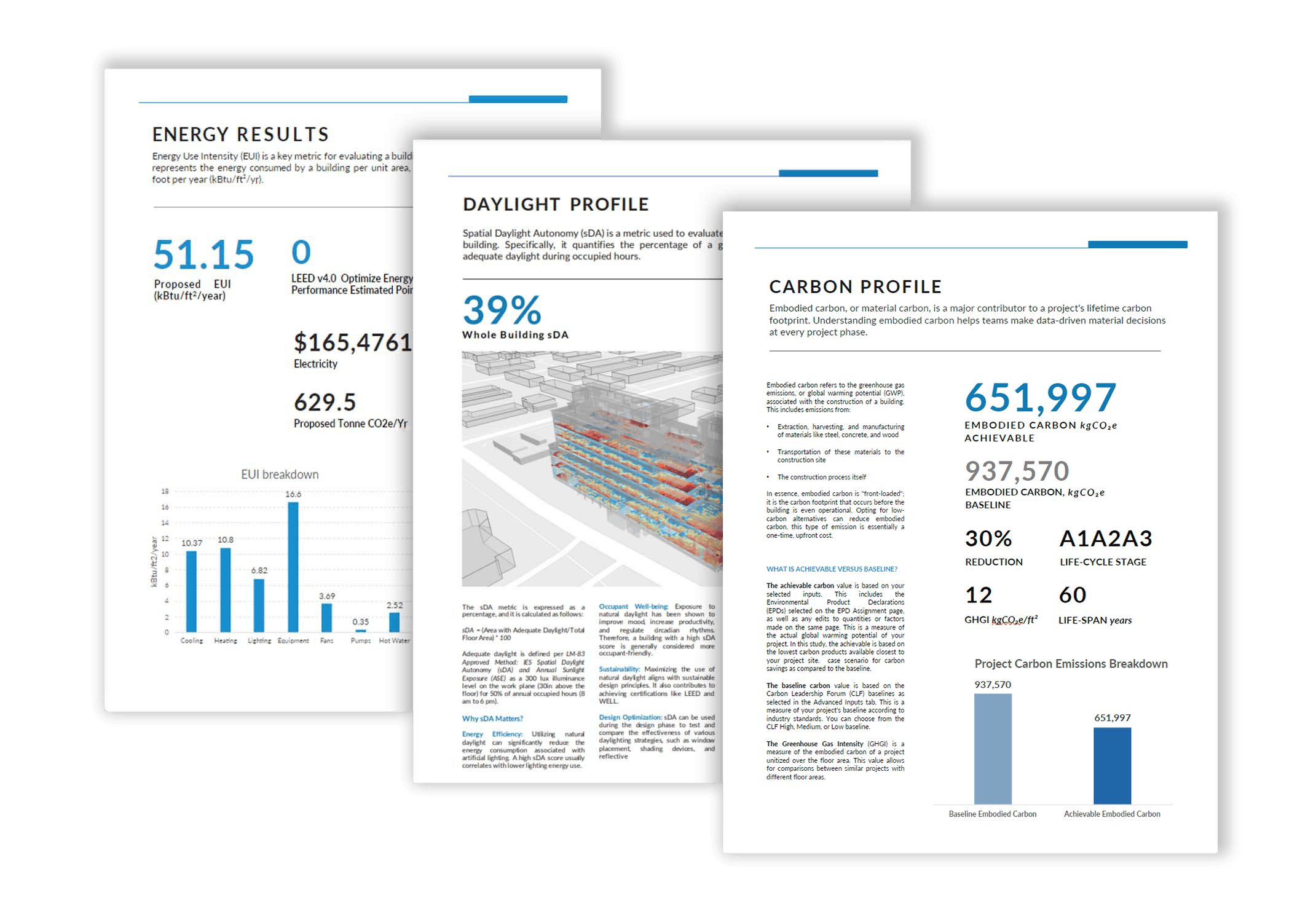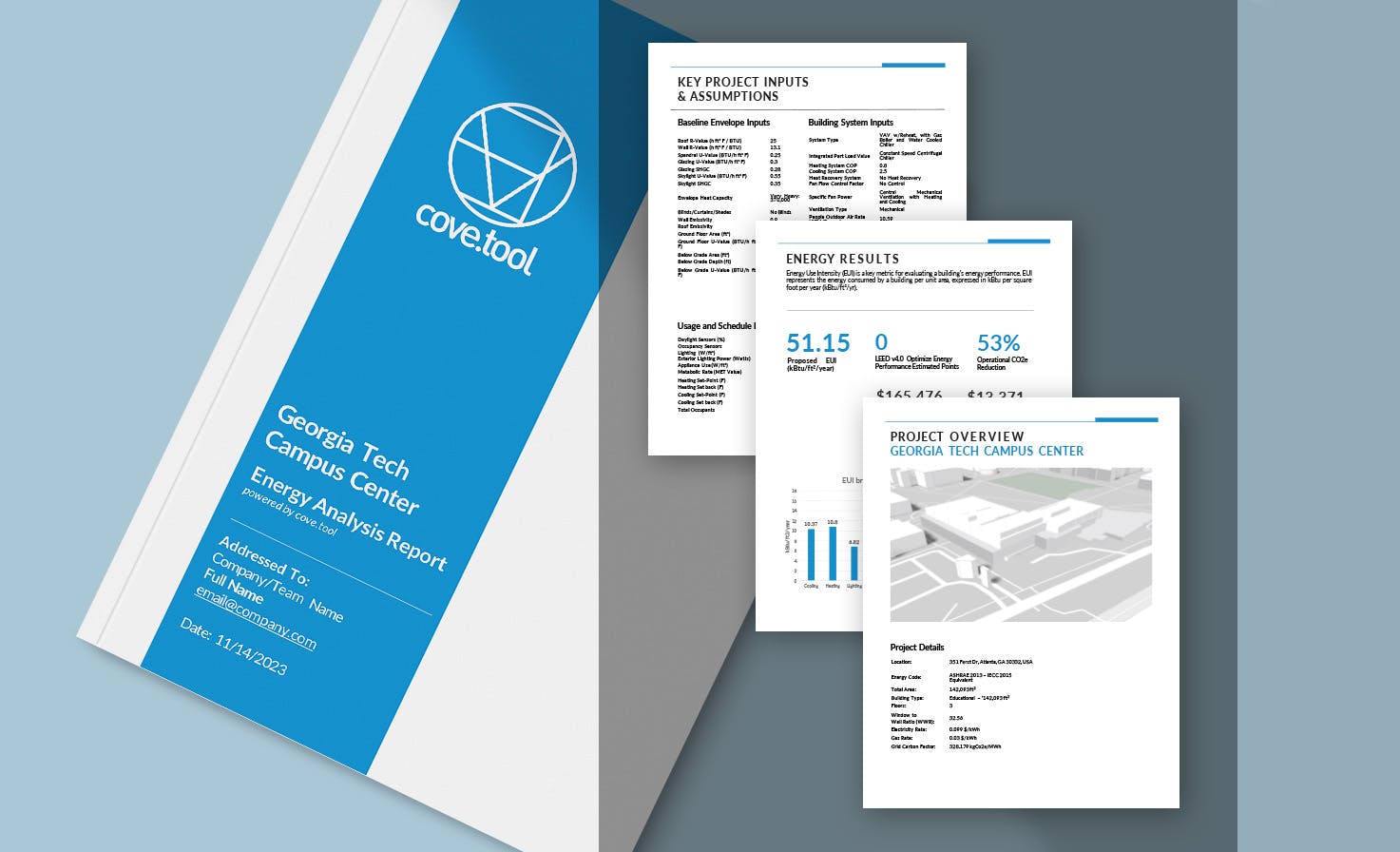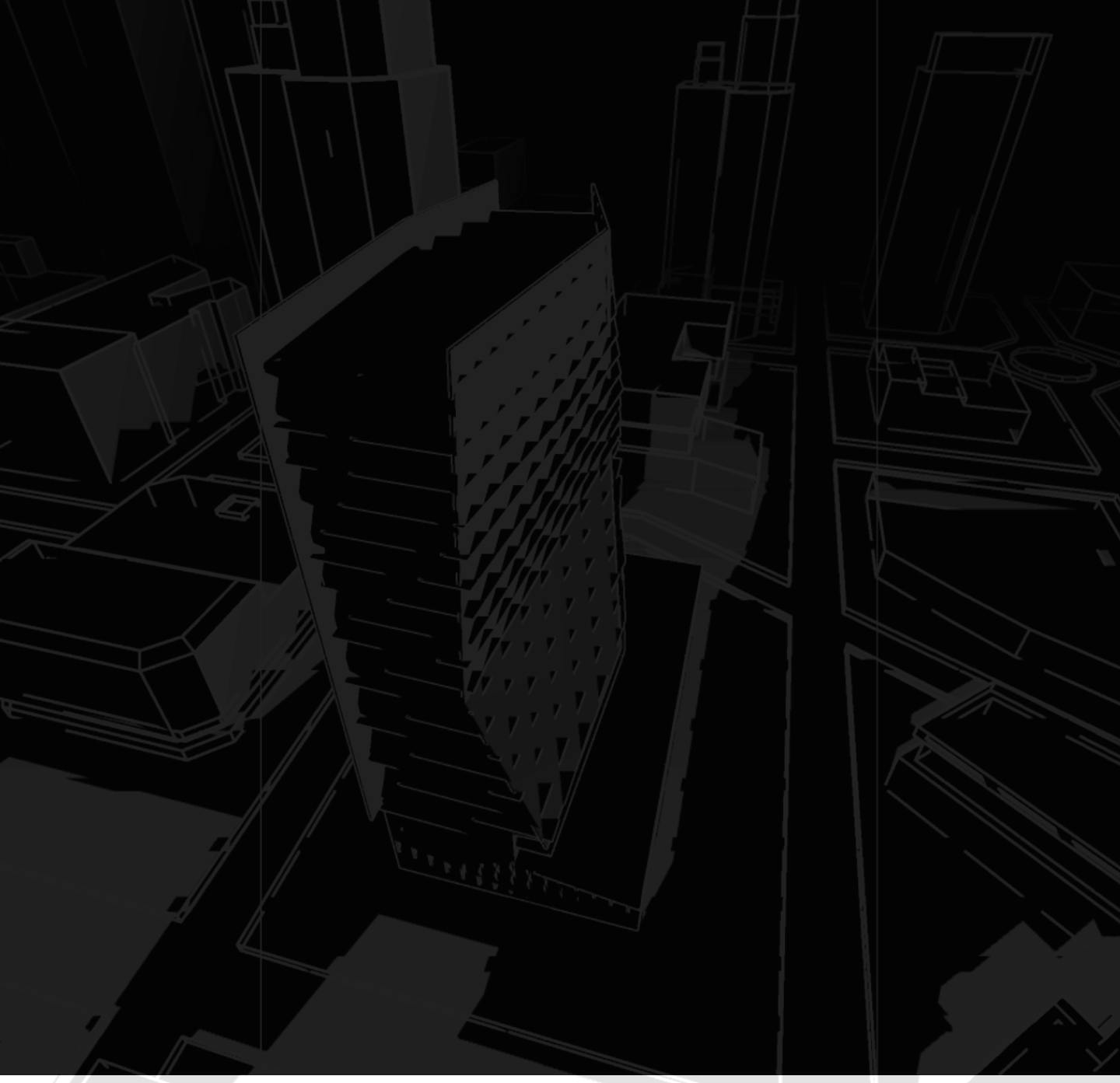about
Empowering Design with accessible sustainability consulting.
project.assist offers AI-powered and expert-verified sustainability consulting for all with access to on-demand, sustainable design insights. Simplify complex compliance and performance challenges such as achieving LEED certification, optimizing for environmental impact, or studying the daylight or radiation studies of iterative massing schemes. Enjoy faster, cost-effective consulting, ensuring enhanced efficiency, quality, and sustainable outcomes.















